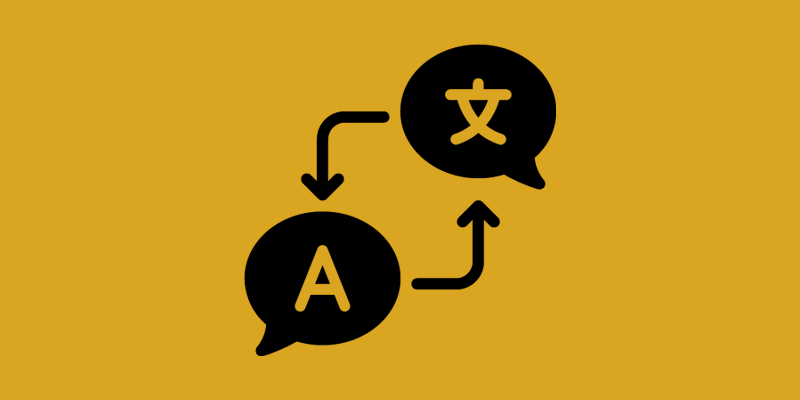Bridging Language Barriers
The ability to communicate across linguistic boundaries is a fundamental aspect of human interaction. In an increasingly interconnected world, language diversity can be both a source of richness and a barrier to effective communication. Fortunately, Artificial Intelligence (AI) has emerged as a powerful tool for overcoming these language barriers. In this article, we will explain the intersection of AI and translation, delving into its evolution, applications, and the profound impact it has on various sectors.
The Evolution of AI in Translation
AI-driven translation has come a long way from its early days when it produced literal, often incomprehensible translations. The history of AI translation can be divided into several phases:
- Rule-Based Machine Translation: In the early days, translation was achieved through a set of rules and linguistic patterns. While this approach was limited in scope, it laid the foundation for later developments
- Statistical Machine Translation (SMT): This phase marked a significant improvement. SMT used statistical models to predict the best translation based on large corpora of bilingual texts. It was more accurate than rule-based systems but still had limitations
- Neural Machine Translation (NMT): NMT, powered by deep learning techniques, brought about a meaningful change. It utilizes neural networks to generate translations, providing more context-aware and fluent results
Applications of AI Translation
AI translation has found applications in various sectors, transforming the way we communicate. Here are some key areas where it is making a substantial impact:
- Global Business and Commerce: AI translation is a cornerstone of global business. Companies can now automatically translate product descriptions, websites, and marketing materials, allowing them to reach broader international markets. This expansion has led to increased revenue and brand visibility
- Content Localization: AI is instrumental in adapting content for different regions and cultures. It helps in the localization of software, websites, and multimedia content, ensuring that they resonate with local audiences
- Healthcare and Medical Translation: In the medical field, timely and accurate translation can be a matter of life and death. AI-powered translation services are helping medical professionals bridge language gaps, enabling them to provide better care to patients from diverse backgrounds
- E-learning and Education: AI-driven translation is playing a vital role in the global education sector. It allows students worldwide to access educational resources in their native languages, breaking down barriers to learning
- Travel and Tourism: Travelers often rely on translation apps to navigate foreign countries. AI-driven translation services make it easier for tourists to communicate, enhancing their travel experiences
The Challenges of AI Translation
While AI translation has come a long way, it is not without its challenges:
- Contextual Understanding: AI often struggles with idiomatic expressions, cultural nuances, and context. These challenges can lead to mistranslations, especially in literature or legal documents
- Low-Resource Languages: AI translation models are generally well-trained for widely spoken languages, but languages with fewer resources can be challenging. Maintaining linguistic diversity in AI models is essential
- Privacy and Data Security: The use of AI translation services raises concerns about data privacy. Users must be cautious when translating sensitive or confidential information, as it may be stored or processed by the service provider
- Ethical Considerations: AI translation can sometimes be used to amplify hate speech or propaganda. Ensuring the ethical use of AI translation tools is an ongoing concern
The Future of AI Translation
AI translation is a dynamic field that continues to evolve. Here are some future trends and developments:
- Multilingual AI Assistants: AI assistants like chatbots and virtual personal assistants will become more proficient in multiple languages, making them invaluable for global customer support
- Improved Contextual Understanding: AI models will be fine-tuned to better grasp contextual nuances, reducing the chances of mistranslations
- Real-Time Translation: Real-time translation of spoken language will improve, enabling seamless conversations between people who speak different languages
- Preservation of Endangered Languages: AI can play a role in preserving and revitalizing endangered languages by providing resources for documentation and education
AI and translation are merging to create a world where language is no longer a barrier to communication. The evolving capabilities of AI-driven translation models are redefining how we conduct business, access information, and connect with people across the globe. As AI continues to advance, the dream of a world without language barriers is becoming a reality, promising a future of greater understanding and unity in our diverse and interconnected world.
AI translation has indeed come a long way, and its journey is far from over. As it matures, it will contribute to making our world more connected, diverse, and accessible to everyone, regardless of the languages they speak.





